Have a perfect smile!
Our Services
Our Services
Adult and Kids Teeth Cleaning
To maintain good oral health, the American Dental Association recommends visiting the dentist at least once a year for a regular teeth cleaning. This helps to remove plaque and tartar build-up and prevent the onset of periodontal disease. If you have a history of gum disease, your dentist may recommend more frequent cleanings to prevent recurrence.

Periodontal Treatment
Periodontal disease, also known as gum disease, affects the gums and supporting structures of the teeth. It can lead to inflammation, tooth loss, and bone damage. Treatment for periodontal disease may include a combination of good oral hygiene practices, regular teeth cleanings, and in some cases, surgery.
Periodic Oral Evaluation
During a periodic oral evaluation, your dentist will assess any changes in your dental and medical health since your last visit. This includes checking for signs of oral cancer and evaluating the health of your gums.
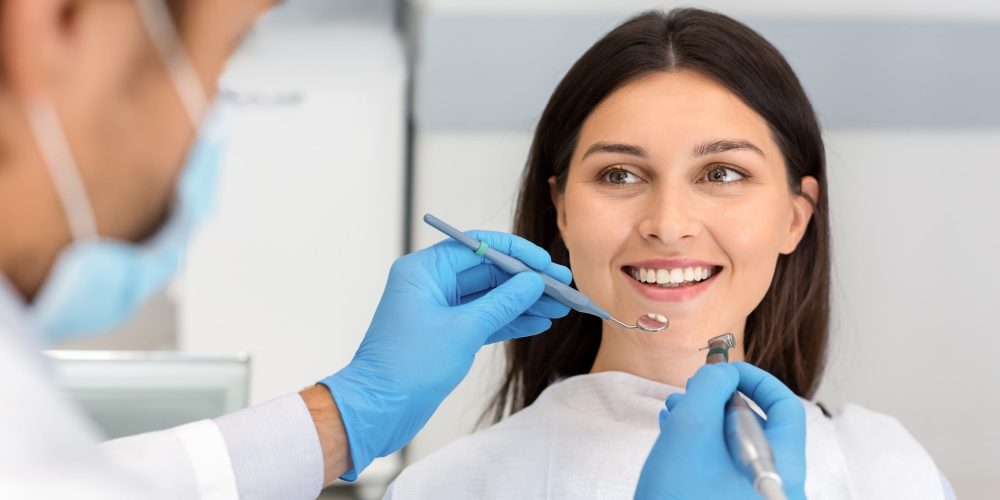
Composite (White) Fillings
A filling is a common treatment for decayed teeth. Composite fillings, also known as white fillings, are tooth-colored and restore the appearance of the tooth while also providing support to the remaining structure. This can help insulate the tooth from temperature changes and prevent breakage.
Crowns and Bridges
Prosthetic devices that are fixed onto existing teeth or implants to restore the mouth to a healthy bite and smile.
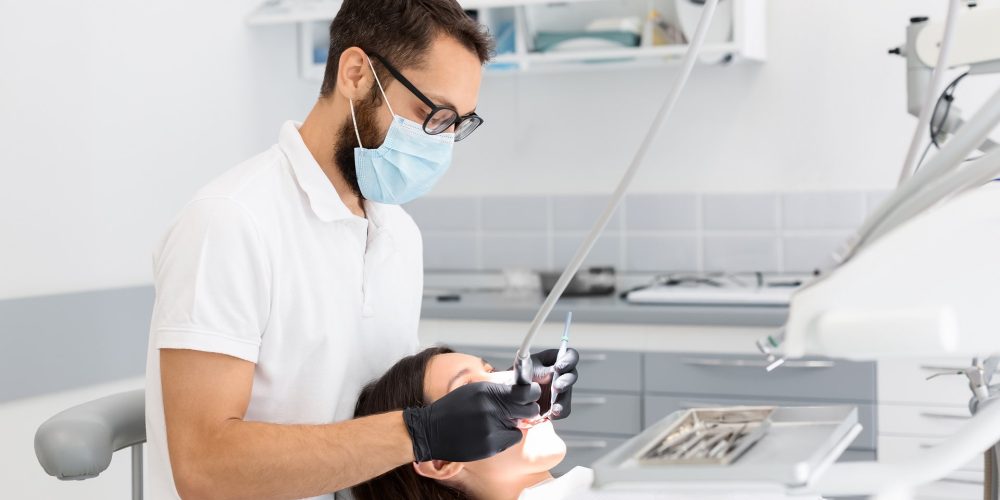
Whitening
A process of restoring the natural white color of teeth using a gentle hydrogen-peroxide gel-activated solution.
Implant Restoration
The use of dental implants to restore the mouth to a healthy bite and smile.
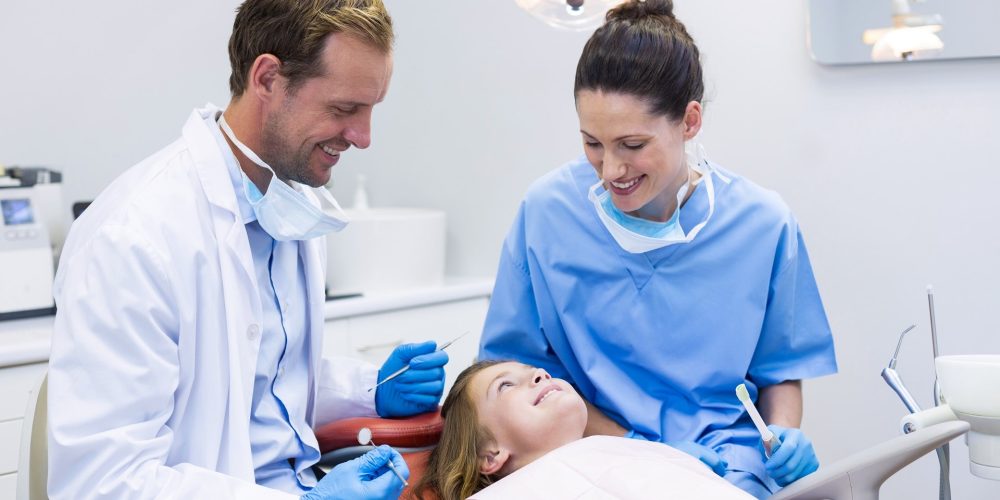
Veneers
Ultra-thin composite resin or ceramic material bonded to the front of teeth for aesthetic purposes.
Implant Placement
A three-step process in which an implant is buried flush with the bone underneath the gum, a post called the abutment is connected, and then prosthetic teeth are fabricated and connected to the implant.
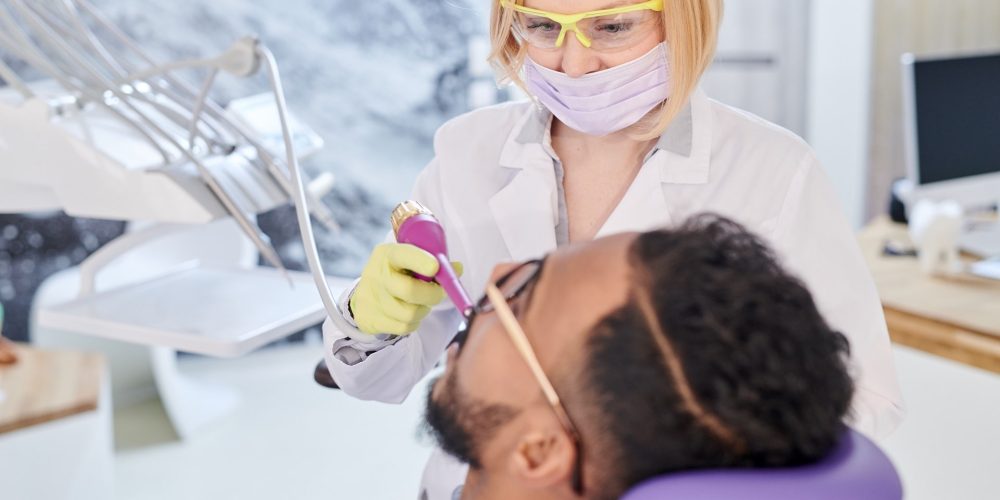
Implant Supported Denture
A removable appliance that snaps onto implants when all teeth are lost but there is enough bone in the jaw to support them.
Sedation Dentistry
The use of medication to reduce anxiety during dental procedures while remaining awake.
Root Canals
Treatment of infected or inflamed pulp inside a tooth by removing it, cleaning and disinfecting the tooth, filling and sealing it with a rubber-like material, and protecting it with a crown or composite filling.

Removable Partial and Full Dentures
Removable Partial Dentures are a replacement for lost teeth that are attached to a pink or gum-colored plastic base that connects to existing teeth.
Removable Full Dentures are an appliance that replaces most or all missing teeth, improves speech and eating, and restores facial aesthetics.
Dental Extraction
The removal of a tooth using a local anesthetic, cutting away gum and bone tissue if necessary, using forceps to grasp and loosen the tooth, and removing it in pieces if necessary.

Sealants
A dental treatment that prevents tooth decay by filling in deep grooves of the teeth with a thin plastic coating, typically applied to the back teeth.
Wisdom Teeth Extraction
The process of removing wisdom teeth by opening the gum tissue, removing any bone covering the tooth, separating the tissue connecting the bone to the tooth, and then extracting the tooth.

Occlusal Guard
A horseshoe-shaped plastic piece worn in the mouth to protect the teeth from damage caused by clenching or grinding by creating a barrier between the upper and lower teeth.
Oral Pathology Services
A specialty that diagnoses and studies the causes and effects of diseases affecting the oral and maxillofacial region.
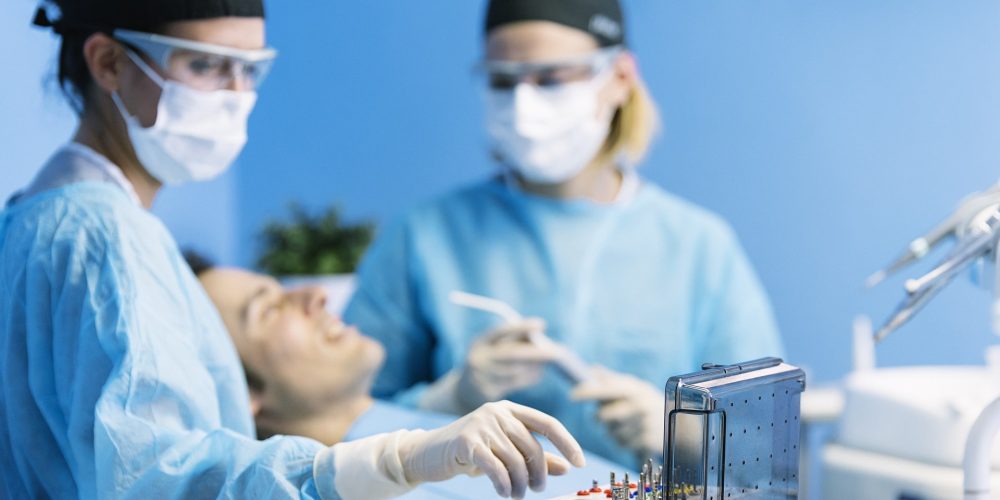
Sleep Appliances
Offer night guards and sleep appliances such as TAP3 (and other brand) Mandibular re-positioning device, to help people with sleep apnea or snoring.
TMJ Treatment
Treatment for pain caused by temporomandibular joint disorder, which connects the jaw bone to the skull, includes pain relievers, therapy such as bite guards, physical therapy using ultrasound, heat/ice, and exercises to strengthen the jaw muscles.

Oral Cancer Screening
A screening for oral cancer that includes a visual inspection of the mouth and palpation of the jaw and neck.
